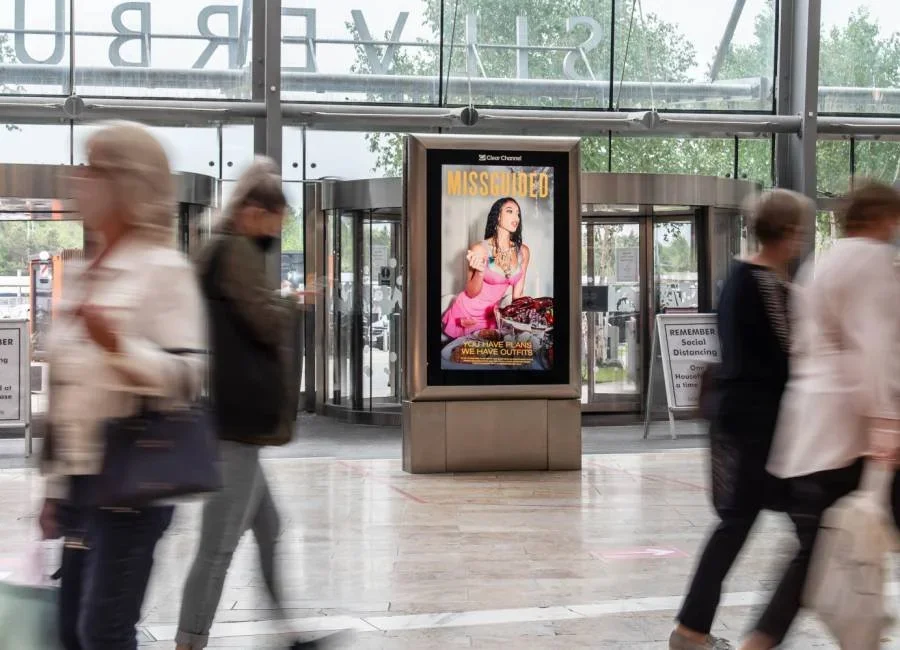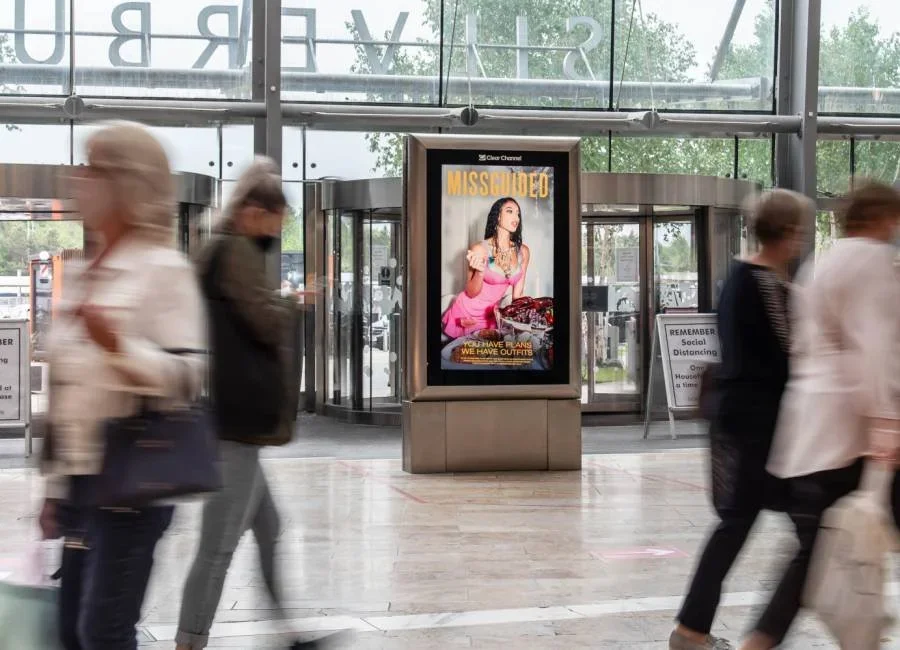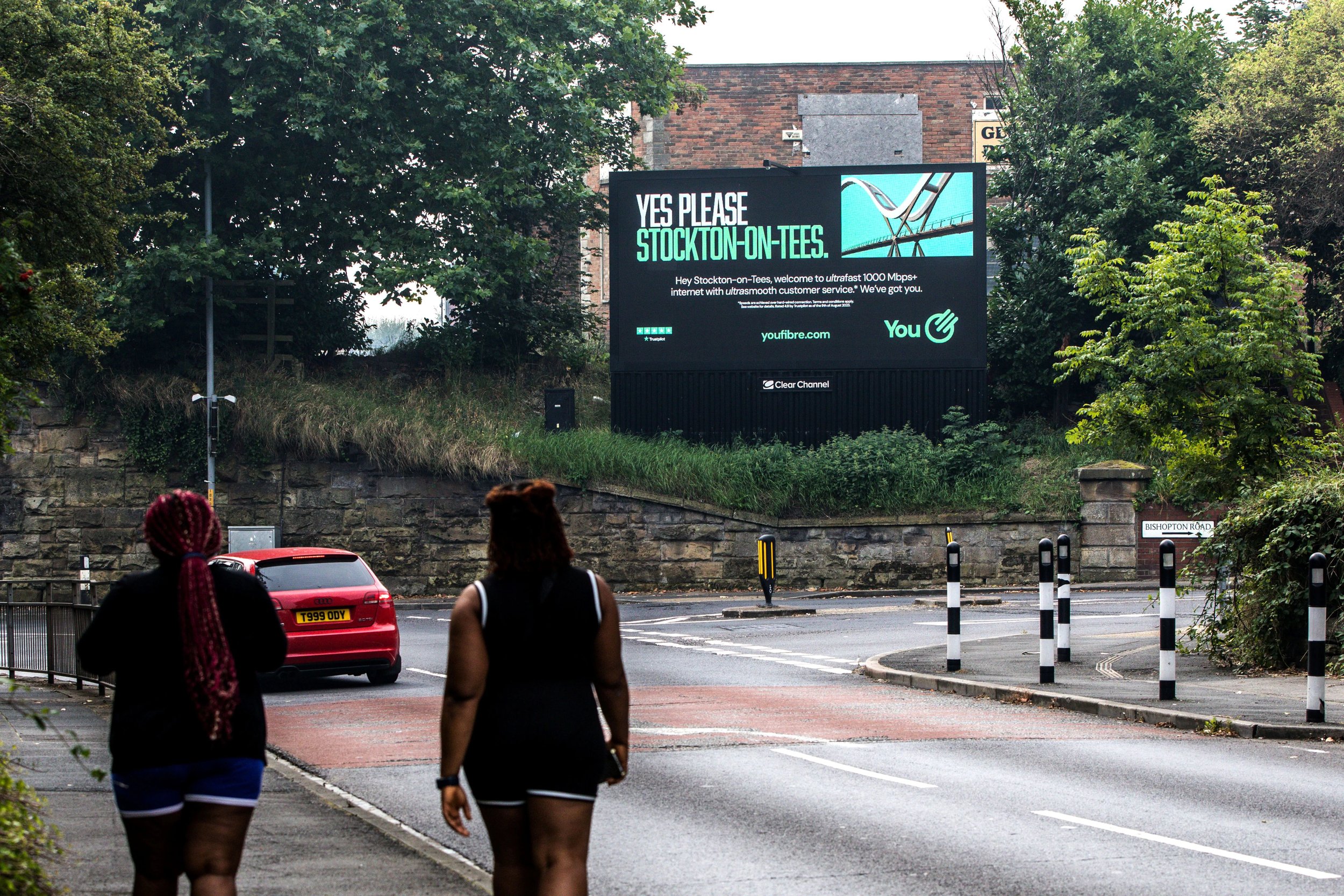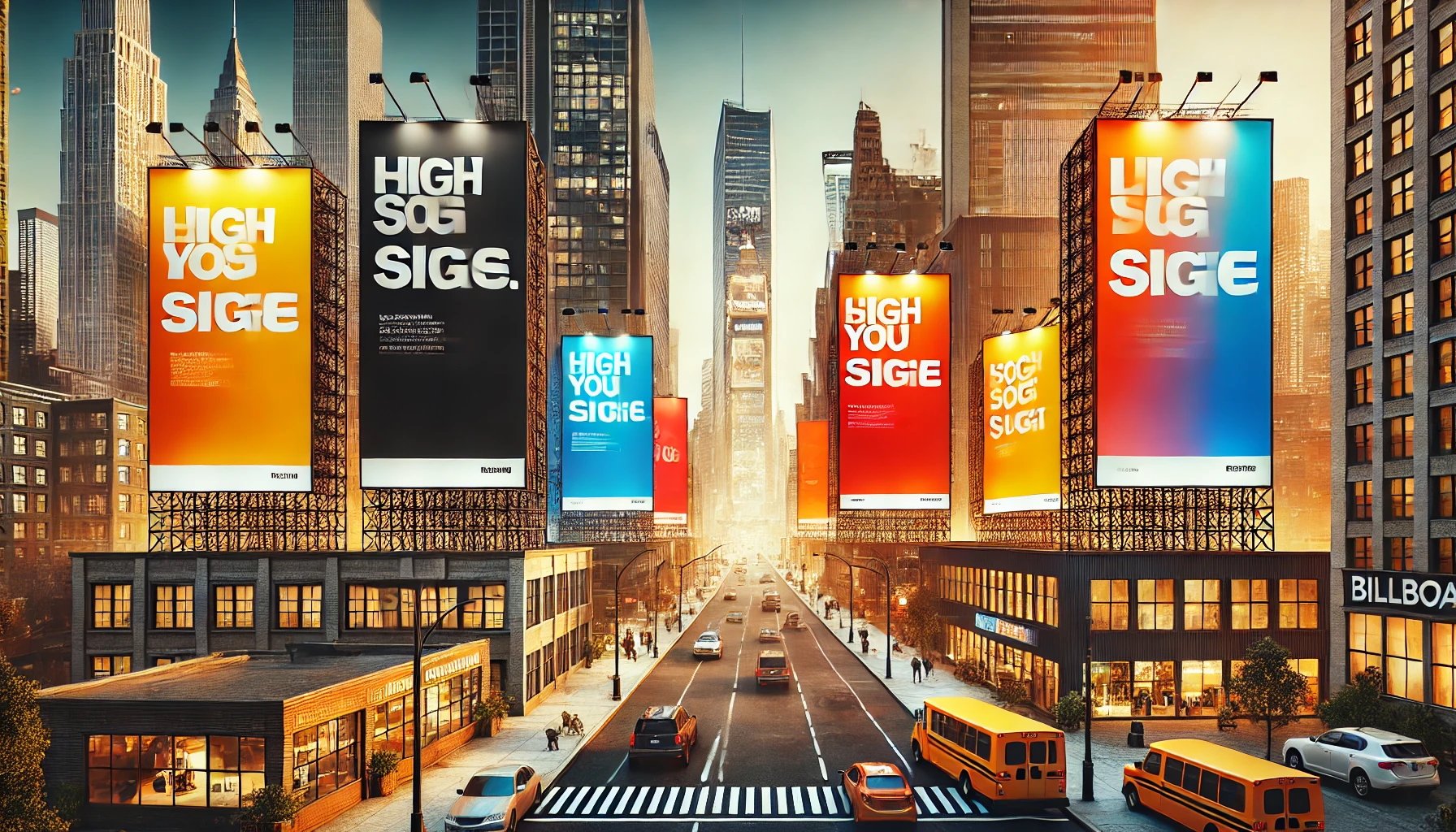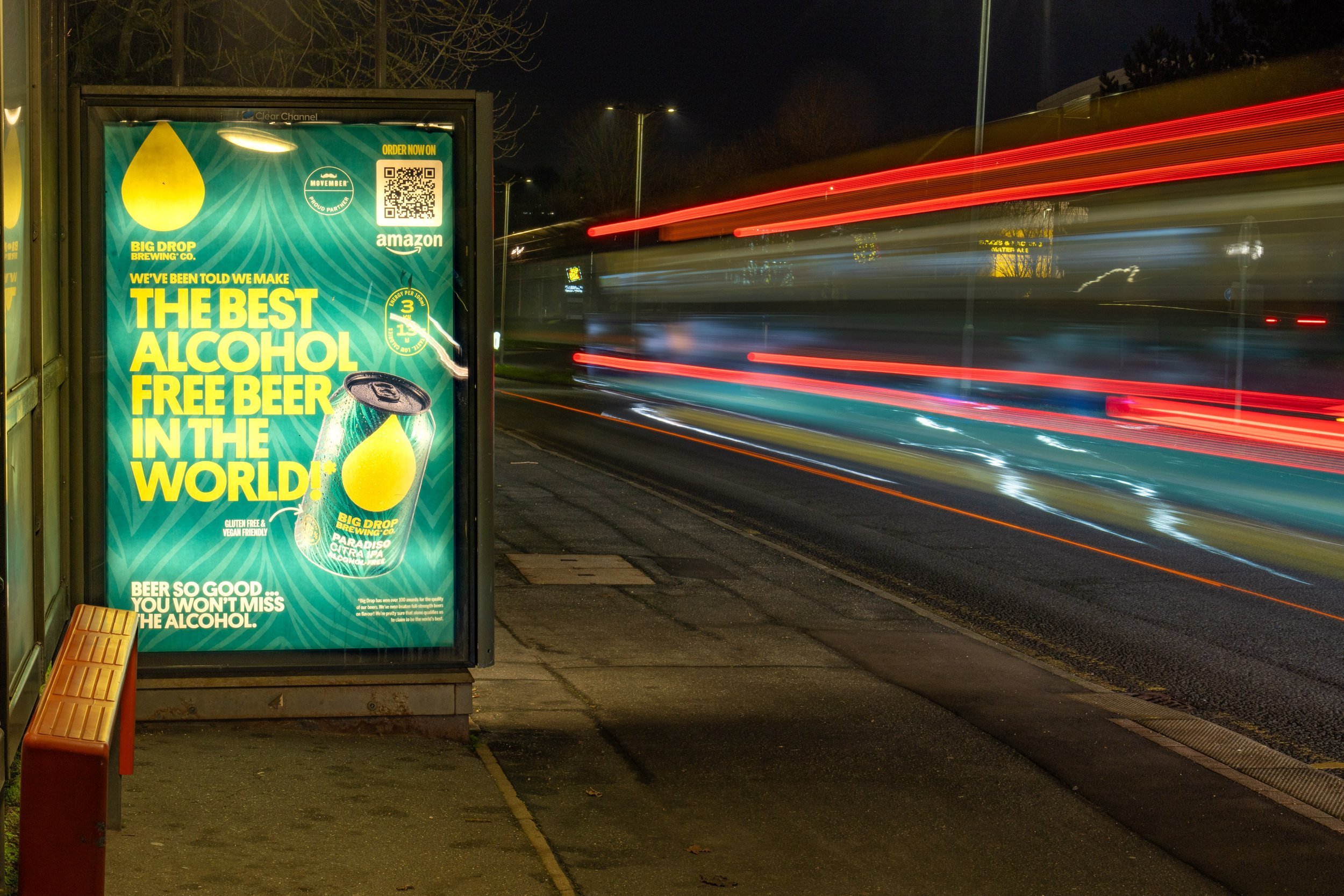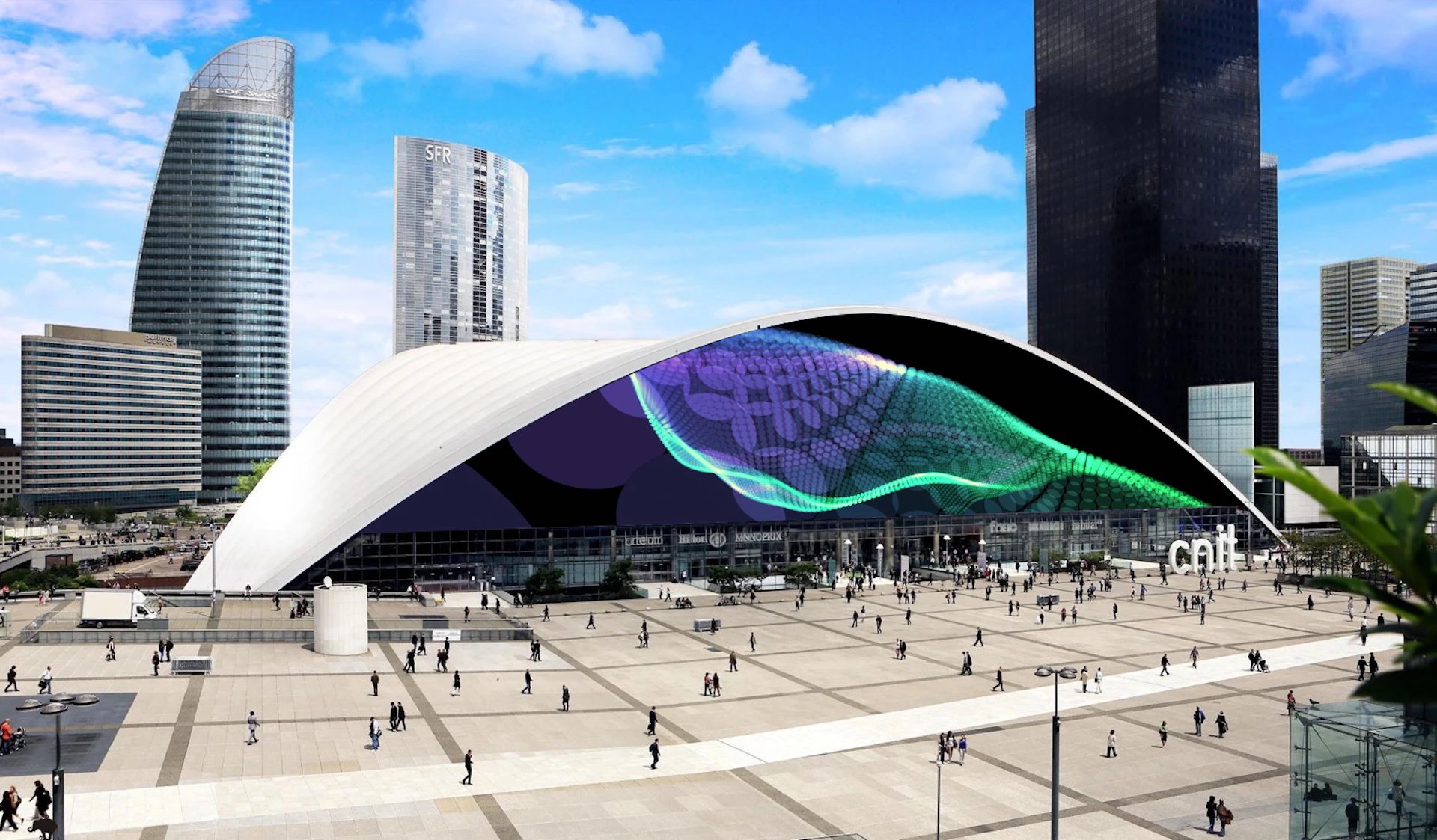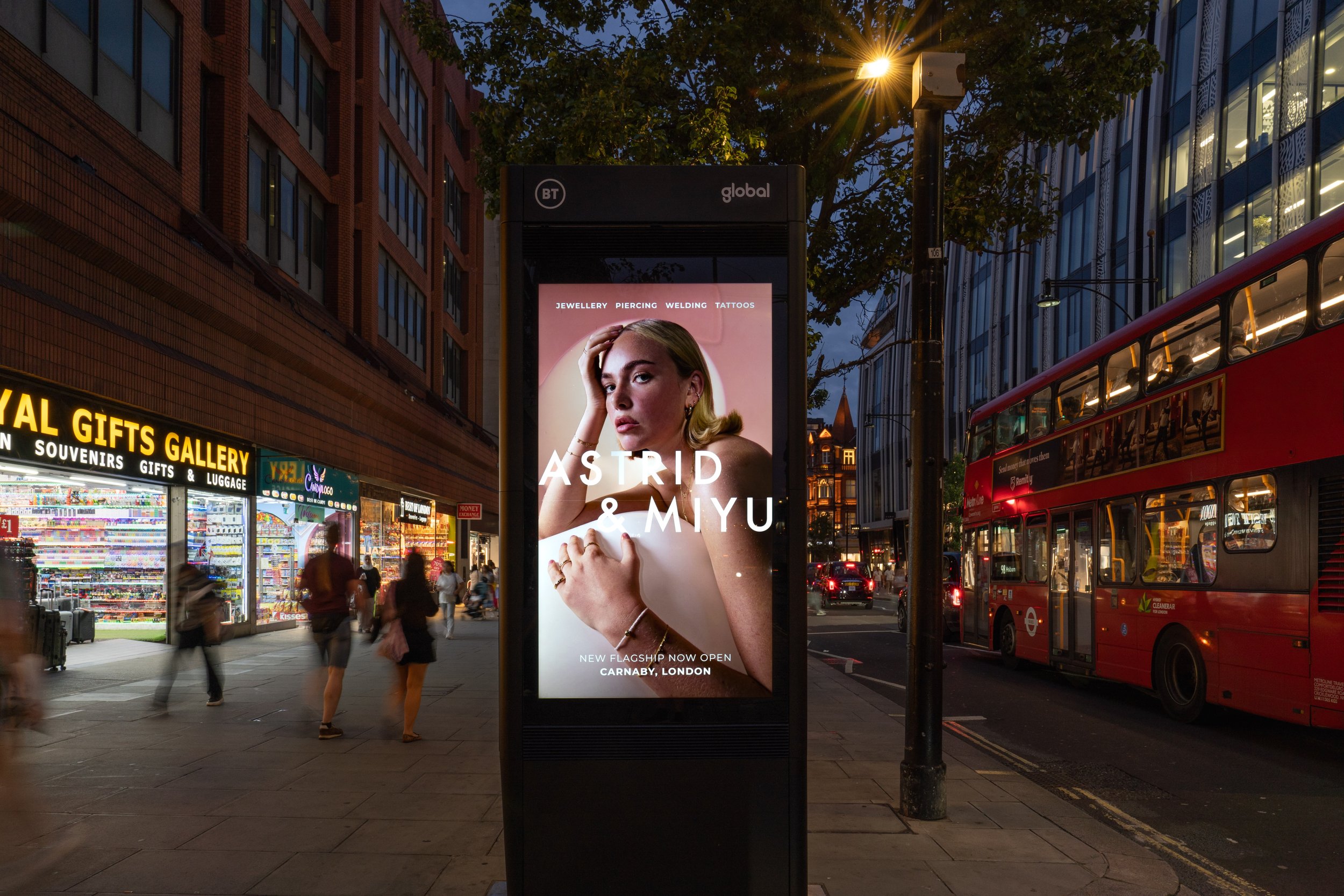How To Advertise in Shopping Malls
How To Advertise in Shopping Malls
Key Takeaways
Choose location and format strategically. Start small in one mall or one region and expand with proven success.
Create clear and bold visuals that can be understood at a glance.
Use expert help when scaling. An integrated agency can coordinate creative, logistics and media buying to maximise results.
Shopping malls remain vibrant centres of retail, social and entertainment activity, making them powerful environments for brands seeking visibility and engagement. Whether you have a modest budget or a large-scale campaign, advertising in shopping malls can deliver real results. This guide explains how to advertise in shopping malls effectively, from choosing the right format and location to driving footfall and measuring success. It also outlines how an integrated agency such as One Day Agency can help you orchestrate your campaign from concept to completion.
Introduction: Why Shopping Malls Still Matter
While e-commerce continues to grow, physical retail spaces, particularly shopping malls, remain important destinations for consumers seeking experiences, convenience and variety. These centres attract thousands, sometimes tens of thousands, of visitors every week. For advertisers, this translates into high footfall, rich engagement opportunities and access to audiences who are in a relaxed and receptive mindset.
Advertising in a shopping mall offers unique advantages. It allows you to reach people who are already in a shopping mindset and are moving at a slower pace than online users. This gives your brand more time to make an impression. Many mall environments also feature digital screens, experiential zones and high-traffic common areas, offering a variety of formats to suit different budgets and campaign goals.
Step 1: Define Your Objectives and Audience
Every successful advertising campaign begins with clarity of purpose. Ask yourself who you are trying to reach and what action you want them to take. Are you seeking to build awareness, launch a new product, promote a store opening or drive traffic to a specific location?
Understanding your audience
Define your ideal shopper in terms of age, gender, income level, shopping habits and preferred stores. Smaller campaigns might focus on a single local audience who frequent a nearby mall. Larger campaigns could target multiple malls across a region or even nationwide.
Once you understand your audience, set measurable objectives such as increasing store visits by 15 per cent during the campaign period or generating a specific number of leads through mall activations.
Step 2: Choose the Right Malls and Locations
The choice of mall and the exact placement within it can significantly influence your campaign results.
Mall selection
For smaller, local campaigns, select a single high-traffic mall that aligns with your target demographic.
For regional or national campaigns, build a network of malls across major cities to maximise reach.
Location within the mall
The atrium or central court provides the highest exposure and suits large visuals or experiential activations.
High-traffic corridors near anchor stores guarantee visibility.
Store-adjacent placements allow you to capture interest near your own outlet or competitor stores.
Digital screens near escalators or lifts ensure repeat exposure.
Your budget determines how many locations you can secure. Smaller budgets may focus on one impactful screen or panel, while larger budgets may include full mall takeovers or campaigns across several centres.
Step 3: Select the Advertising Format
Shopping mall advertising offers a wide range of formats, each varying in cost, visibility and suitability. Choose one that aligns with your campaign goals and audience behaviour.
Common formats
Static panels and posters provide a cost-effective option for promoting local offers or events.
Digital screens and LED walls allow motion and video, offering greater engagement at a higher cost.
Full or partial wraps on pillars, escalators or store façades offer maximum visibility for premium campaigns.
Interactive kiosks and pop-ups engage visitors directly and can collect valuable customer data.
Sampling zones and live events create experiential engagement, perfect for product launches.
Wayfinding signage and floor decals are clever, lower-cost formats that grab attention along walking routes.
Smaller brands might start with static panels or a single digital screen, while larger brands could deploy multi-location activations and experiential zones.
Step 4: Develop Compelling Creative
In a shopping mall, people are often moving and surrounded by visual noise. Your creative must therefore be clear, bold and instantly recognisable.
Creative guidelines
Use short, impactful headlines and simple messaging.
Employ high-quality visuals with strong brand presence and colour contrast.
Focus on one key action, such as visiting a store, scanning a QR code or claiming an offer.
Design for visibility from a distance and across multiple sightlines.
For digital formats, use short video loops of ten to fifteen seconds with captions for sound-off environments.
Integrate online touchpoints such as QR codes or short URLs to bridge offline engagement with your digital ecosystem.
Strong creative execution ensures that your campaign achieves both reach and memorability.
Step 5: Launch, Monitor and Optimise
When your campaign goes live, tracking performance is essential to maximise return on investment.
Monitoring
Collect visitor traffic data from malls where available.
Use QR codes, UTM links or redemption codes to track engagement.
Monitor any uplift in website traffic or in-store footfall that correlates with the campaign.
For experiential activations, record metrics such as samples distributed, sign-ups or engagement duration.
Optimisation
Smaller campaigns should review results after the first week to adjust creative or positioning.
Larger campaigns can review mid-way, shifting budgets between malls or formats based on observed engagement or footfall.
Step 6: Adapt Your Budget Strategy
Low-budget local campaign
Select one high-traffic mall in your region.
Choose a static panel or a small digital screen near your store.
Include a clear call-to-action such as “Show this ad today for 10 per cent off”.
Review results and reinvest in what works best.
Mid-budget regional campaign
Select several malls across one region.
Use digital screens or wraps for visibility in high-footfall zones.
Incorporate tracking tools and time-sensitive offers.
Synchronise your campaign with social media ads to extend visibility.
Large-budget national campaign
Book premium formats across major malls in multiple cities.
Include full wraps, interactive zones and experiential activations.
Combine offline impact with digital support through influencer partnerships or retargeting.
Use an agency to coordinate creative, media buying and reporting.
Why Work with an Integrated Agency
As campaigns grow in size and complexity, working with an integrated agency can ensure coherence and efficiency. An agency such as One Day Agency can handle:
Media planning across malls and city networks
Creative production tailored to multiple formats
Negotiation and booking with mall owners and suppliers
Reporting that combines offline impressions with digital performance data
Smaller businesses can still benefit from agency guidance on creative and vendor relations, while larger brands may rely on full campaign management. By managing every stage from strategy to delivery, the agency ensures campaigns remain efficient, consistent and measurable.
Common Mistakes to Avoid
Choosing malls without verifying visitor demographics or footfall data.
Ignoring tracking tools that measure campaign performance.
Overloading visuals or copy when simplicity is more effective.
Scaling too quickly without reviewing initial results.
Failing to connect offline and online channels for a seamless experience.
Conclusion
Advertising in shopping malls offers a powerful combination of visibility, engagement and flexibility. Whether you are a local retailer testing a single panel or a national brand executing a large-scale activation, the same principles apply: set clear goals, use effective creative, track your results and spend wisely.
As you progress from small-scale testing to regional expansion or national rollout, keep the audience experience central to your planning. When multiple formats and locations come into play, partnering with an integrated agency such as One Day Agency ensures your campaign runs smoothly and delivers measurable impact.
With the right strategy and execution, shopping mall advertising can bring your brand directly into the spaces where people gather, shop and connect, transforming casual shoppers into loyal customers.
Find out more about advertising your business : Shopping Mall Advertising, Supermarket Advertising, Retail Advertising.

